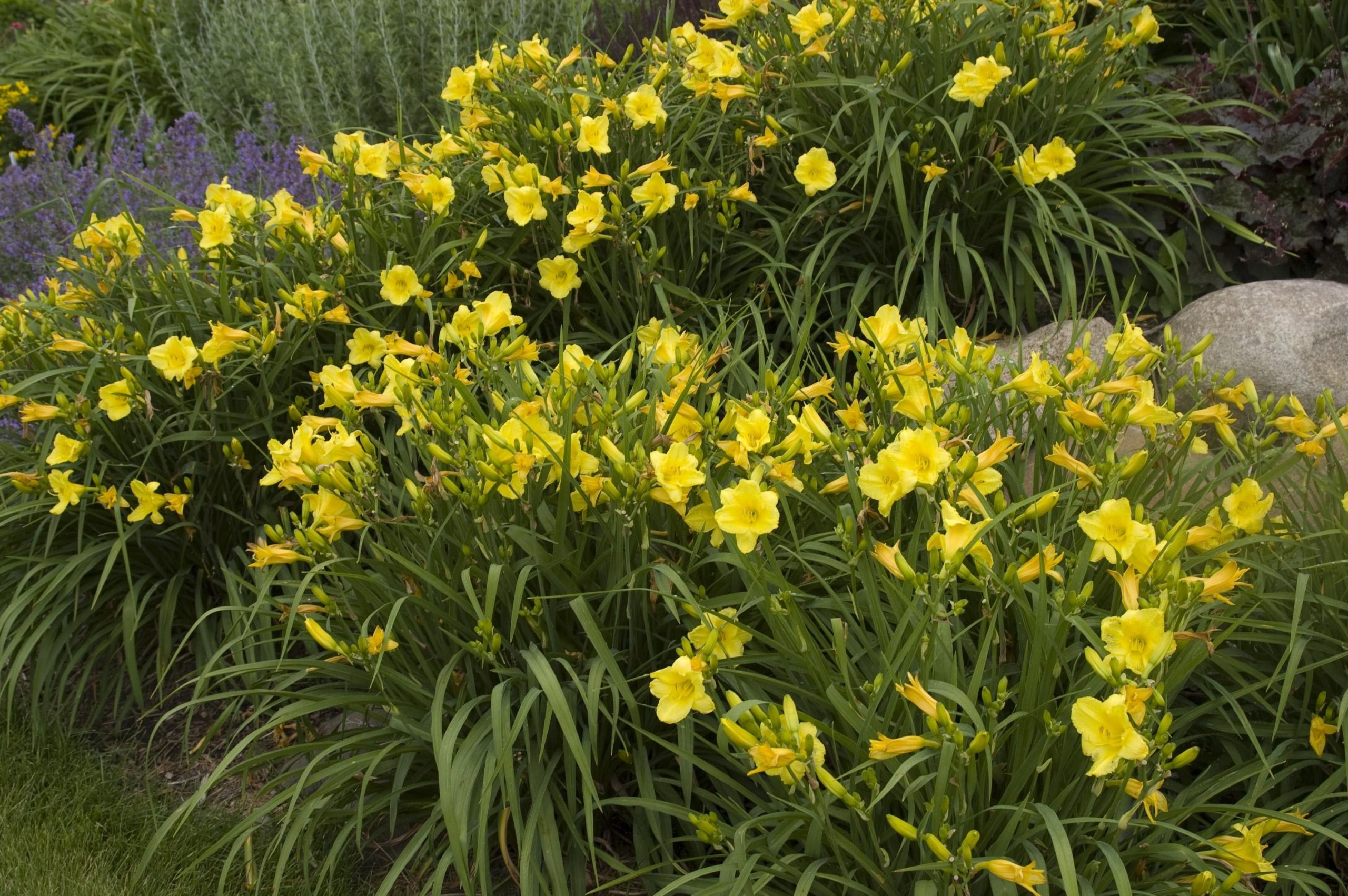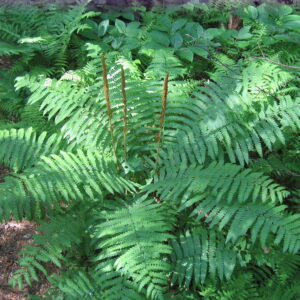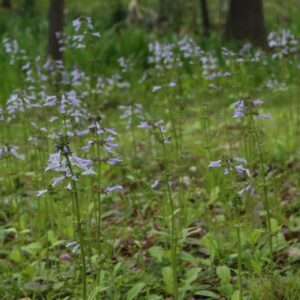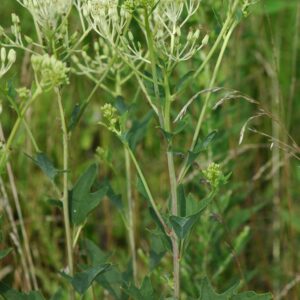Description
Daylily Characteristics
As indicated by the name, each flower only remains open for one day. Many flowers pop up throughout the growing season resulting in the appearance of long-lived blooms. The foliage forms clumps at the base with grass-like leaves that cascade beneath the flowers.
Daylily's root system need deep fertile soil. Spent flower should be deadheaded daily to maintain a tidy appearance. In times of drought or dry spells, Daylily should be watered significantly to reach the bottom of the deep roots. They can slowly grow outward so should be divided every few years to control the size. The leaves are not tolerant of Pittsburgh winters and should be cut nearly to the ground before heavy freezing.
While mites may occasionally make Daylily their home, the plant are not susceptible to many serious diseases. Rust may appear on the underside of leaves. They are tolerant of city are pollution and rabbits are not particularly attracted to these perennials.
Daylily can be installed in mass or as ornamental pieces. The elegant foliage brings texture to gardens even outside of the blooming season. If planted in mass, weeds may not be able to survive, making for an effective groundcover. They are frequently used to border fences and structures or along the edges of gardens.
-
USDA Climate Zone
Zones 3 - 9
-
Height
1.00 - 1.50'
-
Spread
1.00 - 1.50'
-
Bloom Time
June - August
-
Water
Medium
-
Sun
Full Sun to Part Shade
-
Maintenance
Low
-
Deer Resistant?
No




